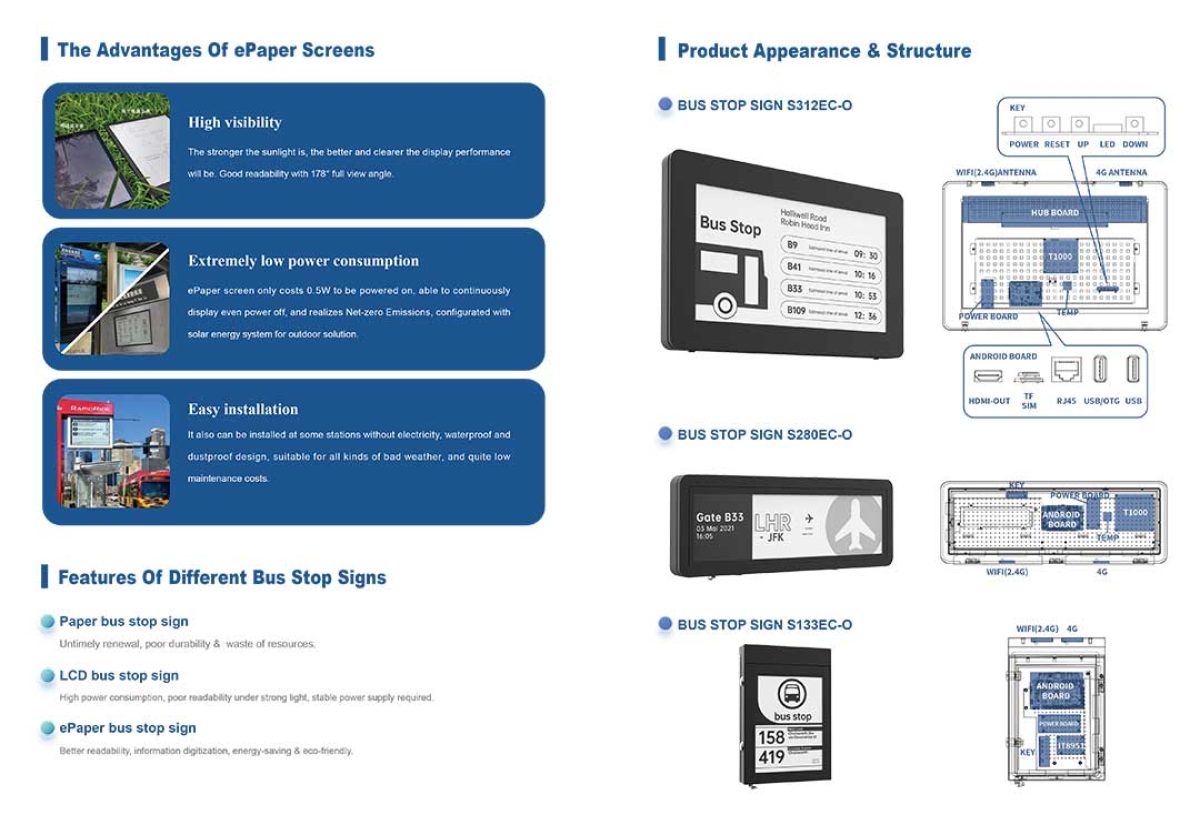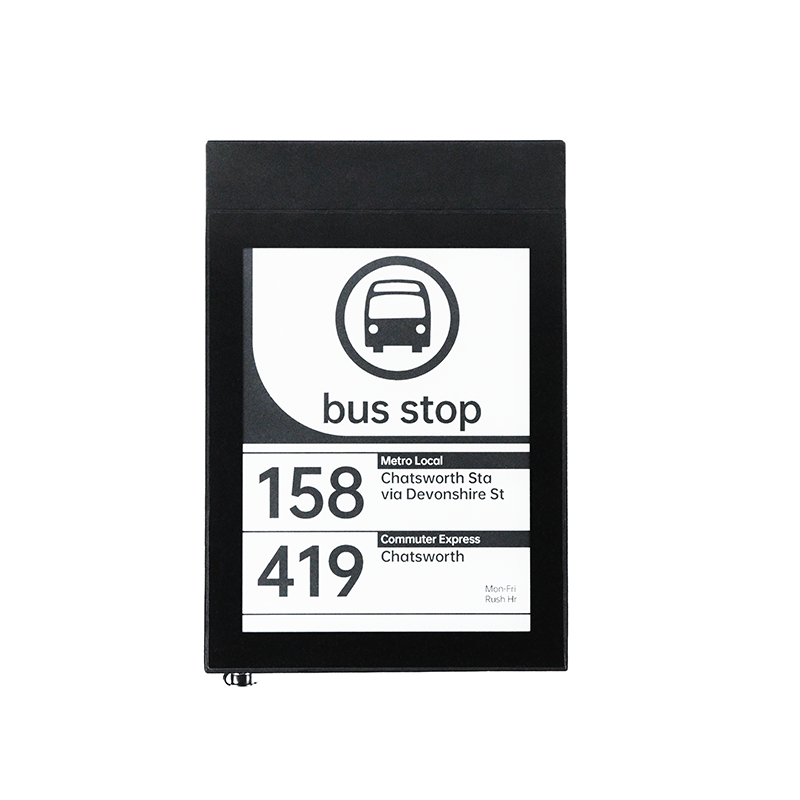Understanding Bus Digital Signage
In recent years, bus digital signage has transformed the way we interact with our urban transport systems. This technology not only provides real-time information about bus arrivals but also enhances the overall passenger experience. Imagine standing at a bus stop, and instead of the usual paper schedules, you are greeted by vibrant, up-to-date digital displays showing arrival times, route changes, and service alerts. Such innovations make public transportation more accessible and user-friendly, leading to higher ridership and increased satisfaction among commuters. Just like an elder who fondly recalls the past, the evolution of bus digital signage reminds us of how far we’ve come in making travel more efficient and pleasant.

The Role of Outdoor Digital Display Screens
Outdoor digital display screens are crucial to the success of modern public transport systems. With the need for clear and accessible communication in crowded urban environments, these screens offer a strong solution. By incorporating outdoor digital display screens into bus stations and stops, municipalities can deliver timely information and advertisements that cater to the dynamic needs of commuters. They often feature weather-resistant designs, ensuring visibility and functionality no matter the conditions. Picture a drizzly day where a well-placed digital screen provides updates and alerts, reaffirming the importance of these displays. Furthermore, the content can be updated remotely, allowing for flexible messaging that responds to real-time events, enhancing the transit experience while reducing confusion or misinformation about service statuses.

The Benefits of E Ink Bus Stops
As transportation systems adapt to the digital age, e ink bus stop displays have entered the scene with considerable advantages. These innovative screens are designed to mimic the appearance of paper but provide dynamic, real-time updates. The low power consumption and excellent readability in direct sunlight make these displays particularly suited for outdoor environments. Imagine waiting at a bus stop, periodically checking your device for updates, only to find that the information presented is current and reliable. E Ink technology also allows for longer-lasting displays with minimal maintenance costs, which is particularly attractive to municipalities looking to manage budgets efficiently. The deployment of such technology not only fosters a sense of community engagement but also cultivates trust in public transportation services. With the smooth integration of these displays into existing infrastructure, commuters are empowered with the timely information they need to plan their journeys effectively.
Conclusion: Embracing the Future of Public Transportation
In summary, the advancements in bus digital signage, outdoor digital display screens, and e ink bus stops showcase a commitment to improving urban mobility. By prioritizing user experience and leveraging cutting-edge technology, cities can enhance the overall public transport system, promoting greater efficiencies and connectivity among commuters. For municipalities and transport companies looking to modernize their infrastructure, I highly recommend considering SEEKINK. As a manufacturer, SEEKINK stands out for its supply advantages and commitment to quality. They provide durable and innovative solutions that align perfectly with the needs of the modern transportation landscape, ensuring a reliable return on investment while fostering a brighter and more connected future for public transportation.

